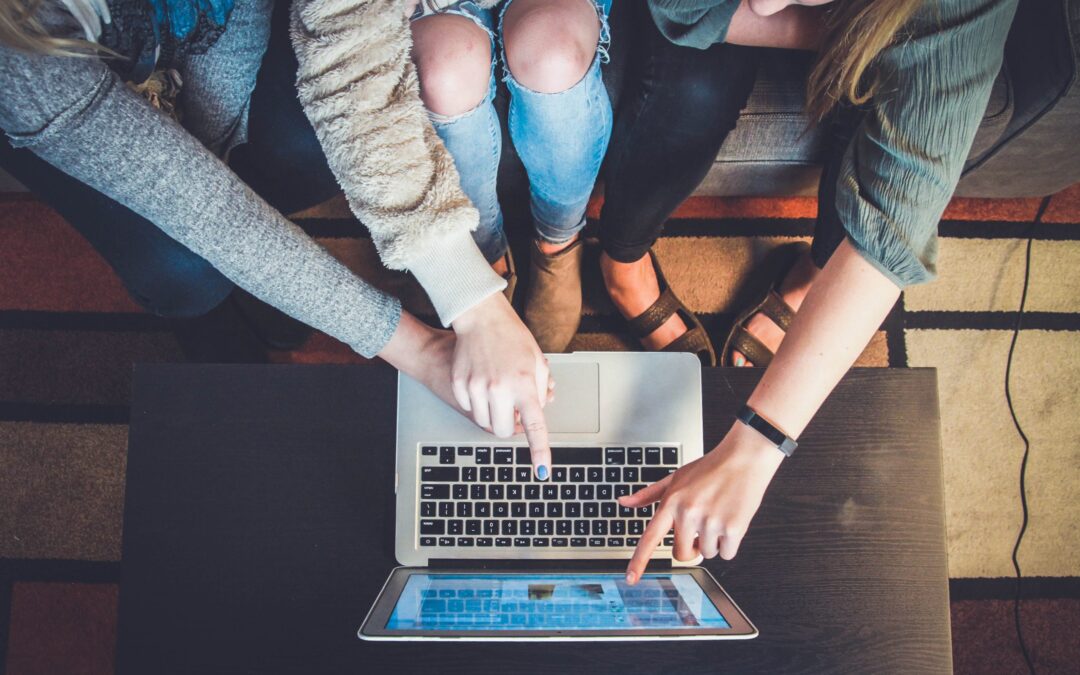
World Community – Today and Tomorrow
World Community: Today and Tomorrow
Principle 6: The goal of world community with peace, liberty and justice for all
Welcome & Opening Words
The first weekend of spring – what a beautiful day to welcome you all here. If you’ve lived in Queensland any length of time, you’ll know that this is likely to last about… a week? By the next service, summer may well be in full swing… even if the calendar says otherwise.
Lighting of the chalice:
We light a chalice at every service. This is the one symbol that Unitarian Universalists used world wide. It represents different things for different people: search for truth; community; social justice…
We light this chalice to find inner peace, love for each other, and faith in ourselves. A reminder to be welcoming to whomever we meet and kind to all living creatures. I would like to invite Abby to light the chalice today. We gather around this light of hope as we share this time together.
Song: #360 Here we have gathered
Here we have gathered, gathered side by side;
circle of kinship, come and step inside!
May all who seek here find a kindly word;
may all who speak here feel they have been heard.
Sing now together this, our hearts’ own song.
Here we have gathered, called to celebrate
days of our lifetime, matters small and great:
we of all ages, women, children, men,
infants and sages, sharing what we can.
Sing now together this, our hearts’ own song.
Life has its battles, sorrows, and regret:
but in the shadows, let us not forget:
we who now gather know each other’s pain;
kindness can heal us: as we give, we gain.
Sing now in friendship this, our hearts’ own song.
For younger members:
In essence, a community is a place where everyone belongs and everyone wants to belong somewhere safe and loving. Every person you meet wants to belong somewhere, not only to be safe, but to feel needed, wanted and treated fairly. While everyone likes a little bit of quiet time now and again, in our hearts, nobody really wants to be truly alone – we all want to be part of something special. A community is a very special thing. They can be of any size. Some are small – like a family; some are medium sized – like your school or sports team; and some are big, really big – like the world! But the most important thing about communities is that there is a place for everyone.
For the story today, I’d like to introduce you to a little dog who’s just looking for his place to belong…
Story & Discussion with children Mutt Dog
Joys and Concerns
I invite anyone who would like to to come forward and light a candle to honour a special milestone, joy, or sorrow in your life. I will light a candle for all the unspoken joys and concerns that are still held in our hearts and minds.
Song: #323 Break not the circle
Break not the circle of enabling love,
where people grow, forgiven and forgiving;
break not that circle, make it wider still,
till it includes, embraces all the living.
Come, wonder at the love that comes to life,
where words of humour are with freedom spoken;
and people keep no score of wrong and guilt,
but will that human bonds remain unbroken.
Join then the movement of the love that frees,
till people of whatever race or nation
will truly be themselves, stand on their feet,
see eye to eye with laughter and elation.
Meditation
We will now take a minute for quiet reflection and contemplation. This is an opportunity to centre yourself and either clear your mind for a moment of peace, or focus on whatever is in your heart for a moment of clarity.
A few weeks ago, I was conversing with my brother about how we communicate with those around us, which then turned into a discussion about who it is that we have around us and then HOW they came to be around us. It was interesting to me that I have a very small, tight circle of people online and a slightly larger circle of people in real life, whereas his was a tiny circle in real life, but a huge circle online. Both of us are influenced, fuelled and challenged (for better or for worse) by those circles of people, yet we built those circles up in vastly different ways: me, preferring to let my intuition and direct experience with a person shape my circle; him, trusting algorithms to place him in the path of interesting people! Ultimately, though, each of us has built up our own bespoke communities that fit our needs.
When you hear the word ‘community’, what does it conjure up? In your minds eye, what do you see? Most likely – you see people (although some people might see animals first!).
But are there many people… or just a few?
Are they in real life, warm bodies with handshakes and hugs… or virtual, names and photos on a screen with emojis and sarcasm font?
Do they look like you, speak like you, think like you, act like you?
Is there are wide variety of appearances, voices, thoughts or behaviours?
Are they family, friends (also known as the family we get to choose), workmates… perhaps even a congregation?
There is no wrong answer here, as a community can be any of these as long as there is something that ties people together. Something that brings them together in the first place, but then keeps them coming back. A community of any sort is what its members make it.
In any community, for it to survive and thrive, what unifies it must be outweighed by what divides it. Sometimes these divisions can be particularly difficult to deal with and present a particular set of challenges and necessitate specific tools for success. For the UU communities worldwide, there is such diversity in language, beliefs and individual identity that it becomes essential for members and leaders to assess activities for signs of oppression or discrimination (however unintentional) and to ensure the promotion of inclusivity, so that it can withstand such a high degree of theological diversity. When this is done, despite this gloriously incredible diversity, individuals are able to come together for safety, support and even to be challenged.
Any community, from the smallest family unit to the largest global network, makes mistakes along the way. These mistakes, however, are often a cloaked opportunity to learn more about who we are. As we are exposed to differing views that may well challenge our own, we are forced to scrutinise and assess our own views and perhaps even adjust them.
The idea of accepting ‘the other’ – an idea, a person or belief – when it challenges us has to be understood to be more than an option, but a necessity. Meeting that challenge does require tolerating a certain amount of discomfort within the heart and mind, but (as with a good massage) discomfort can be transformative. We grow, eventually being able to view strangers as friends, especially those who might easily be ignored. Every person has a deep seated, innate need to belong and that sense of belonging is not physical. It doesn’t come from changing where we live or what we do for a living – it comes from within us as individual and radiates out into the communities we build.
The benefit here is twofold – by expanding ourselves and our comfort zones, we develop new ways of bolstering not only our community, but also ourselves. By recognising and welcoming ‘the other’ in ourselves, we open the path for true growth and development as individuals, which in turn pours back into and strengthens our communities.
It takes courage to engage and stretch our selves in this way, and mistakes will be made along the way. There will be doubt and fear. How do we know that what we are doing is just? How do we know that our thoughts, actions or beliefs truly are peaceful? How do we ensure that our daily life moves others towards liberty, rather than further away from it? These are valid questions and there is no simple definitive answer. It is easy and often tempting to surround ourselves with those who are already like us and do not challenge us in any way, but to do this would stunt a persons growth – intellectual, moral, spiritual – but like a muscle, these all need to be regularly and gently stretched and challenged to grow and thrive. Through conversation with others, we may not necessarily directly change either them or ourselves, but we may create the space required to embrace change. Through regular introspection and self-examination coupled with open communication with ‘the other’, we are granted the opportunity for authentic growth. As exemplified by the communities my brother and I had created to surround ourselves, the method of communication has changed over recent decades, but the purpose of communication hasn’t. When we show acceptance, we affirm people as they are. When we show them encouragement, we help propel them to who they might become. Equally, when we fully engage with our communities, when we are vulnerable and open with them, we are granted the same gifts in return. Authentic acceptance is more than mere tolerance – it is more challenging, but the rewards for everyone are far richer.
But let’s look at our community goals – peace, justice and liberty.
As an individual, these seem daunting. They’re just too big. Too scary. Too impossible. And that’s ok. The tiny steps of the journey that we take on the way to these goals IS the path to achieving these goals. A single person taking those steps on their own may achieve some level of peace within themselves, but it may be a lonely, isolated peace. When they undertake that same journey with the support of their community, in whatever form it may take, they all benefit from the shared experience and the end result is far more than a single person could ever have envisioned.
As we look at the world today, it can be easy to lose hope. Burning forests. Mass shootings. Displaced peoples. Cruelty, hatred, fear, intolerance – sometimes from those close to us or those in power of us. It can seem like the goals of peace, justice and liberty are further away than ever before. However, there IS hope. Globally, and this may surprise you, we are living in one of the most peaceful and progressive times in human history.
The percentage of people who die violent war-related deaths has plummeted through history and our tolerance for many things that were once acceptable has declined – brutality was an accepted form of amusement, human sacrifice to placate the gods was expected. Bondage and oppression as a means for saving on workforce costs was considered economical and mass killings for political expediency was merely strategic. Brutal persecution and dismemberment as customs of sentence was righteous. Slaying for minor crimes and transgressions was social order. Assassination, massacres, manslaughter and duels were all commonplace. They were all considered acceptable, if not even reasonable courses of action.
Now, these actions are generally denounced around the world. We have entire global organizations devoted to suppressing, staving off, and condemning these sorts of acts. As a global society, the ability to recognise and respect the experiences of ‘the other’ has been instrumental in reshaping the world.
It may not seem like it, but the world community is forming fast and, more importantly, communicating even faster. We are sharing views, assistance and resources more than ever before and further than ever before. We are hearing about events, sometimes even within seconds of their occurrence, on the other side of the world and we are able to take local actions to effect change far away. Individuals are forming every imaginable type of community to meet their needs and the needs of others.
We speak of justice, liberty and peace for all – these are certainly lofty goals and may well seem unattainable. Today they are. But what about tomorrow? What will you do today to improve the prospects of peace for tomorrow? What will you do today to ensure justice is served tomorrow? What will you do today to protect liberty for tomorrow? It’s easy to hope that someone else or some other group will step in to fix things, but remember that all groups, all communities, are made up of individuals who all contribute something, no matter how small. Alone, their contribution may seem paltry or insignificant. Alone and individual may feel powerless. But when surrounded by their community, when bolstered by their peers, they are powerful. Just as a single candle can seem inadequate and ineffectual, many candles can light the darkest cavern. The power of community is far, far greater than the sum of its parts.
How we share our thoughts and actions is incredibly important. When we are working towards a common goal, we share not for the fame or fortune it brings us, but to be an example to others. In the end, does it matter whether what brings us into any particular community is a personal intuition or an algorithm, as long as we can look forward towards the future with a vision for a better tomorrow for all.
Reflection and discussion on the topic
Song: #378-379
Let those who live in every land declare that fear and war are done –
Joined by the labour of their hands, in love and understanding, one.
Ours be the poems of all tongues, all things of loveliness and worth.
All arts, all ages, and all songs, one life, one beauty on the earth.
Final thoughts
Before we finish up, I would like to leave you with the words of Edward Everett Hale as they speak to the special nature of community and why every member matters:
I am only one, but still I am one.
I cannot do everything, but still I can do something.
And because I cannot do everything, I will not refuse to do the something that I can do.
Extinguish Chalice
It is now time to extinguish the chalice. I would like to invite Abby to put out the flame today.
Let us remember that we extinguish this flame, but not the light of truth, the warmth of community or the fire of commitment.
These we carry in our hearts.
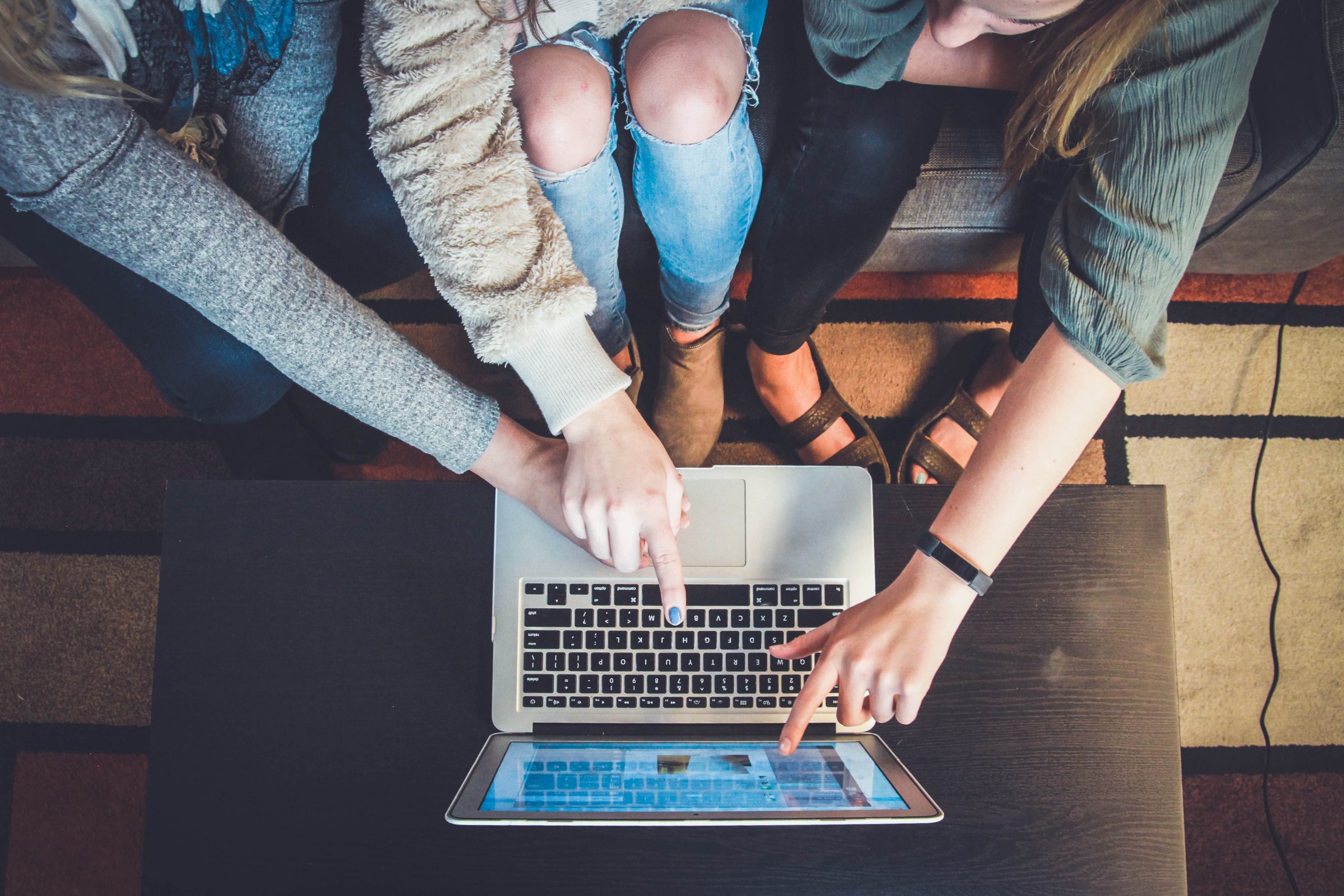

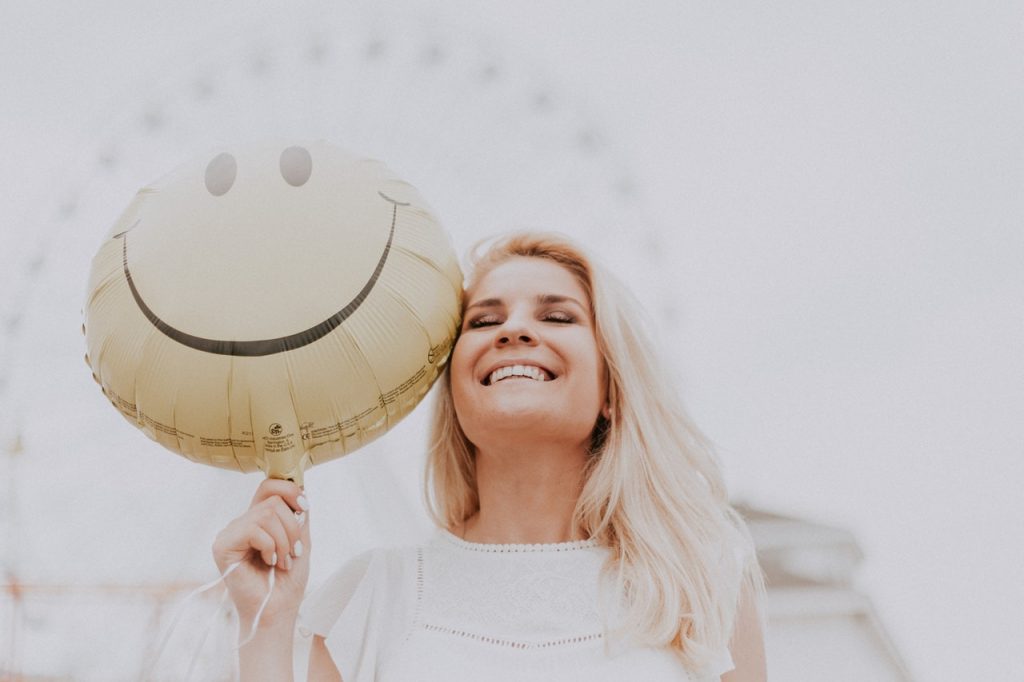

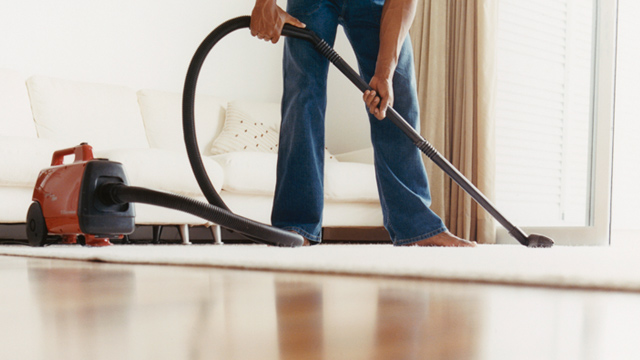
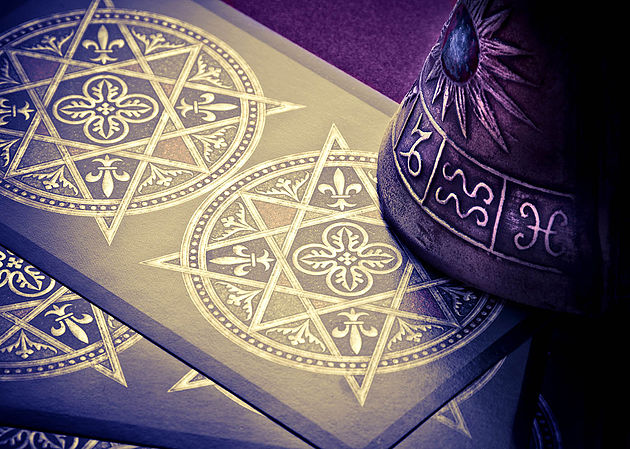

Recent Comments